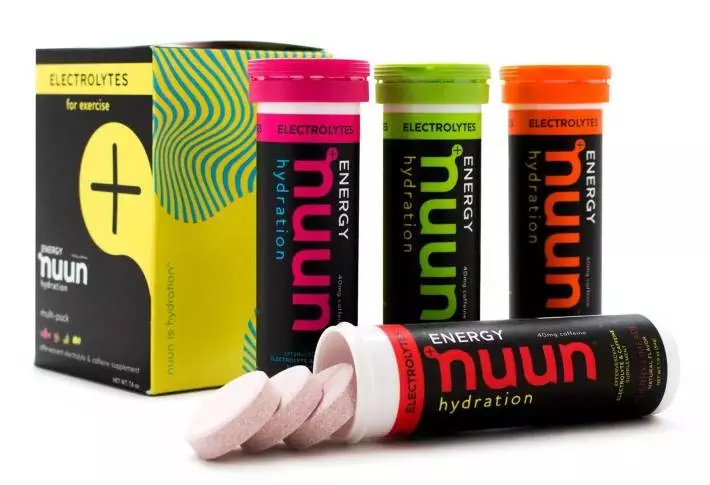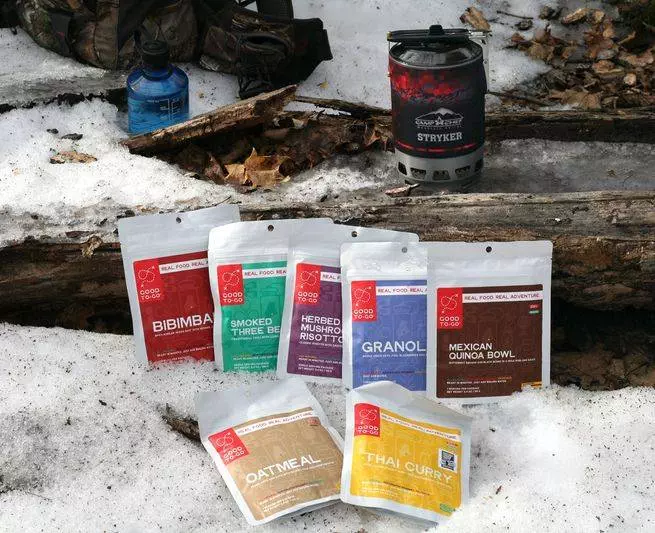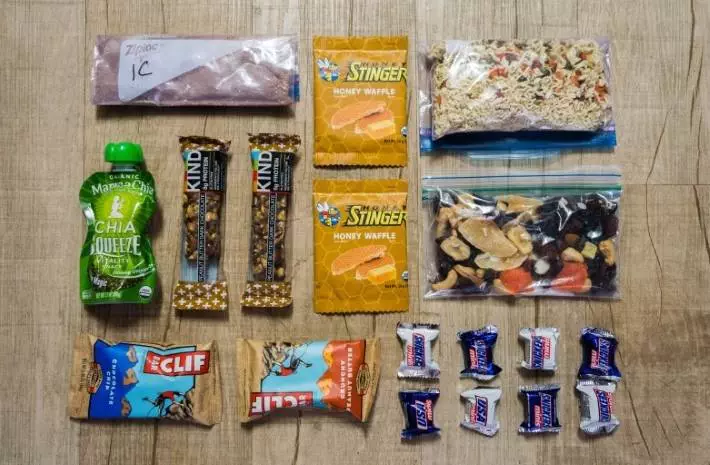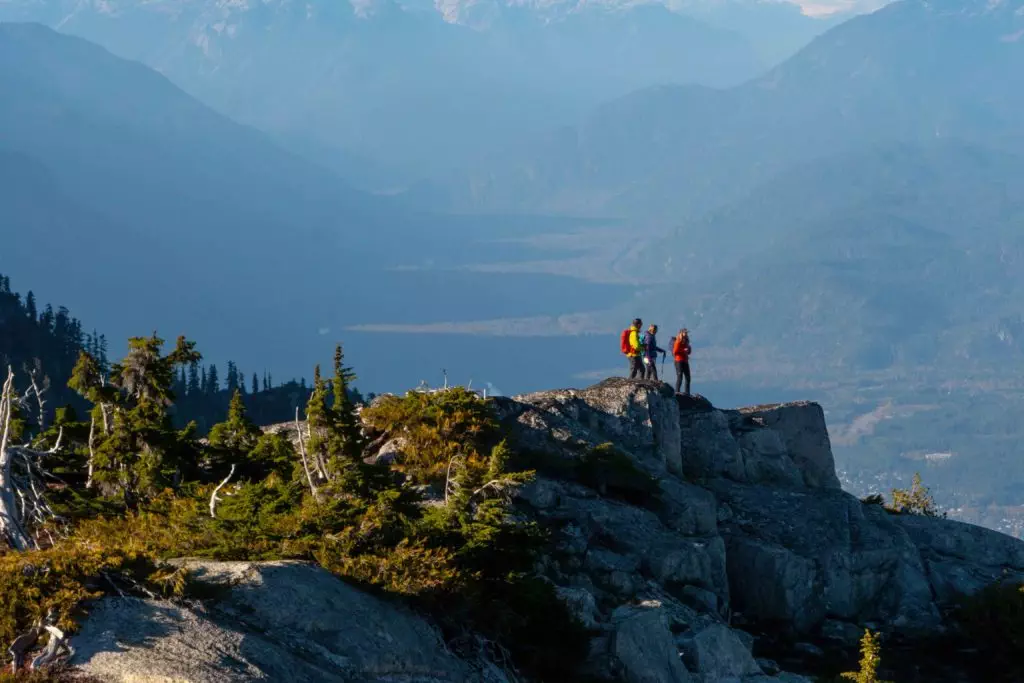Food and water are what keep us alive as human beings. In the backcountry, these nutrients are just as important – arguably more so given the lack of available food in nearby refrigerators and stores. As a general rule of thumb, any time you venture out into a remote place, you should be bringing some sort of food with you. Not just for the comfort of eating when you are hungry, but to sustain your body through the exercise of getting out there and home safely. To make sure you have all the tools to keep your energy levels in tip-top shape, take a look at our guide to backcountry food and nutrition.
Water First
Humans can survive around three weeks without food, but they can’t survive more than a few days without water. Factor in the exposure to the elements that’s inevitable in the backcountry and you’ve got a much smaller window to prevent dangerous dehydration. So bring water with you, and not in those cheap plastic bottles, either. Ideally for a winter day trip of ski touring, a full 1L (32oz) Nalgene bottle (or equivalent) is the bare minimum. Nalgenes are great because the wide mouth on them doesn’t ice over as easily and you can add snow to it throughout the day to provide even more water. In the spring and summer, increased heat and solar radiation mean you should carry another litre or more to avoid dehydration.

Consider using electrolytes in your H2O. These handy little dissolvable tablets and powders replace much-needed minerals that are lost in your sweat such as sodium, chloride, potassium and magnesium. Deficiencies in these minerals can result in muscle cramps, muscle weakness, dizziness and even mental confusion.
Food. Glorious Backcountry Food.
When heading into the backcountry for a day trip, most people will generally pack a lunch item such as a sandwich, wrap or a Tupperware container of carbs like pasta. In addition, a couple handfuls of bars, a bag of mixed nuts or trail mix and some dried fruit will generally do the trick. If you pack too much, no big deal. You had it there in case you needed it. It’s when you begin to cater for longer, multi-day trips that the quantity and type of food become more of a factor. You don’t want to overcompensate and haul around kilos of food that just end up being dumped, burned or brought home again. On the flip side, running out of food can halt the progress of the trip or even ruin it completely.

Counting Calories
If you want to start preparing your food methodically it’s best to use a Calorie Calculator. That way if you’re still a bit hungry after a meal you can rest assured you’ve eaten sufficiently for your exercise and metabolism that day. When sourcing food, there’s no set formula but the general rule is to stick to 60% carbohydrates (carbs), 25% proteins and 15% fats.
Simple carbs are the quickest source of energy. They digest very quickly and increase blood sugar. They can be found in chocolate, fruits, vegetables, honey and flour products.
Complex carbs are a more slow-burning source of energy and digest gradually. They can be found in whole grain oats, quinoa, granola, pasta, brown rice and cereals.
Proteins are amino acids that create the enzymes that regulate metabolism, repairing tired muscles and boosting the immune system. They can be found in cheese, meat, fish, nuts, seeds and dairy.
Fats are energy-rich help the body absorb fat-soluble vitamins. Fats are found in foods like nuts, seeds, coconut chips, oils, peanut butter, fish, butter and avocado.

Practical Packaging
All the food in the world is no good to you in the backcountry if you aren’t able to package it conveniently. Ziploc bags are great for bulk foods like nuts and dried fruit (you’ll want to avoid Tupperware containers for these as they rattle annoyingly). Aluminum foil is pretty handy for sandwiches, as are these reusable beeswax paper wrappers. Bars come prepackaged, so you just need to mind the wrappers don’t get carried away by the wind.
In terms of the backcountry food itself, you want to stick to the aforementioned rule of 60% carbs, 25% proteins and 15% fats, but how you combine these food groups is up to you. For example, the classic PB&J combines wholegrain bread (complex carbs), peanut butter (fats) and jelly (simple carbs).

Remember when packing backcountry food for longer trips you want as much energy as possible for the least weight. Fatty foods such as nuts are more energy-rich than fruits and also have proteins to keep your muscles going, but eating nuts all day will drive anyone, well, nuts. Mix it up.
Another tip is to reduce the water content of your food; you have water already with you so you don’t need it weighing your pack down with things like fresh fruit and vegetables. Buy fruit already dried or if you want your own control over additives, purchase a food dehydrator.
If heading out for longer trips, consider the longevity of the food as well. Will that sausage still be good in a week at ambient temperatures as high as 18 degrees Celsius?
There are no set rules for backcountry food and nutrition. Try different meals and snacks and see what works for you.
Written by: Vince Shuley

